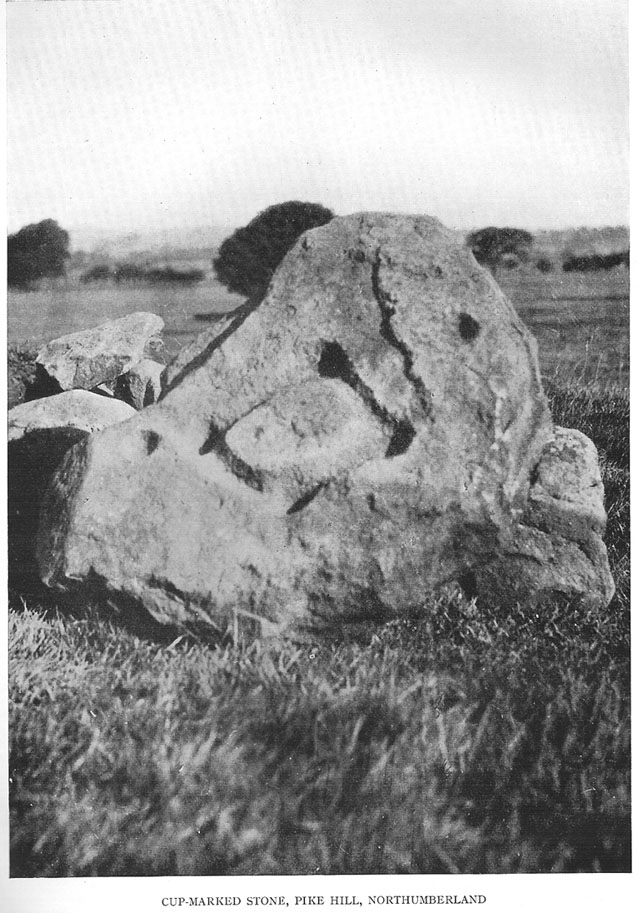Holy Well (destroyed): OS Grid reference – NZ 01 74
Archaeology & History
We add this site in the hope that a local historian may be able to rediscover its whereabouts. Long since lost, the last account of it was mentioned in notes by the prodigious northern antiquarian John Crawford (1899) in his vast work on Northumbrian history. Its whereabouts is vague as its final writings were scribed in The Black Book of Hexham in 1479 CE, where it was told that “the Haliwell flat (was) lying between the vill of Bingfield and Todridge.” Mr Crawford told us it was somewhere in this area:
“The south-west extension of Grundstone Law is a tract of poor pasture land called Duns Moor; and rising opposite to it on the north-east is the Moot Law, in Stamfordham parish, the valley between being watered by an affluent of the Erring burn.”
The Well was included in Binnall & Dodds’ (1942) fine survey, with no additional notes. To my knowledge, no more is known of the site.
References:
- Binnall & Doods, “Holy Wells in Northumberland and Durham – Part 2,” in Proceedings Society of Antiquaries, Newcastle-upon-Tyne, July 1942.
- Hodgson, John Crawford, The History of Northumberland – volume 4, Andrew Reid: Newcastle-upon-Tyne 1899.
© Paul Bennett, The Northern Antiquarian
